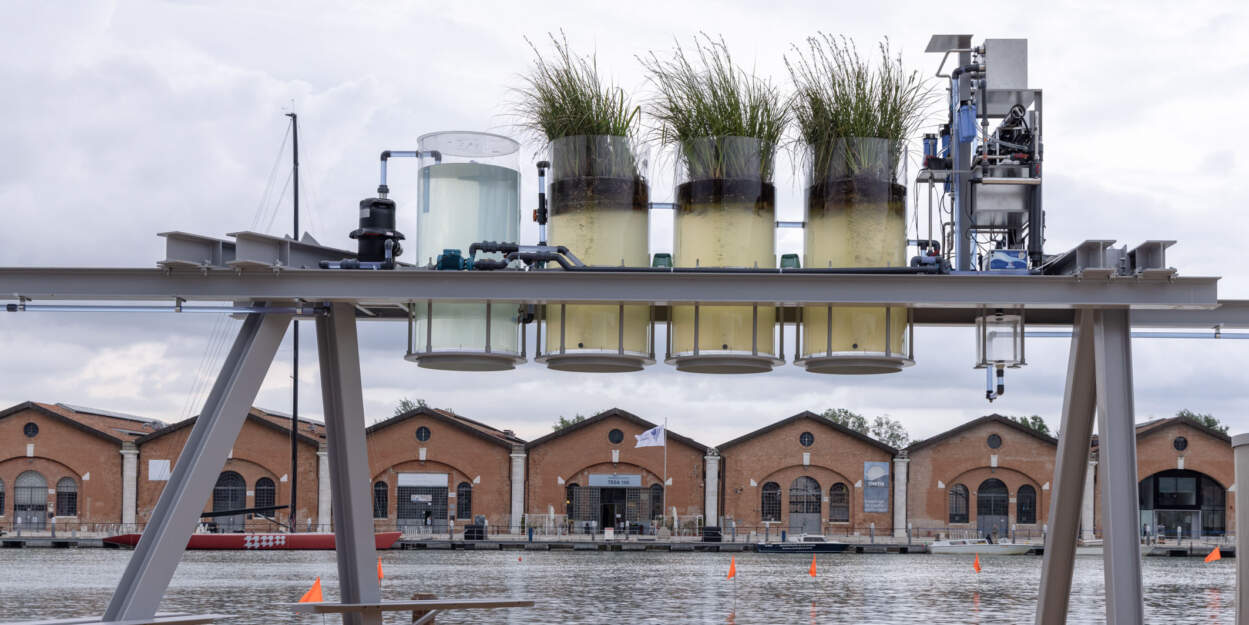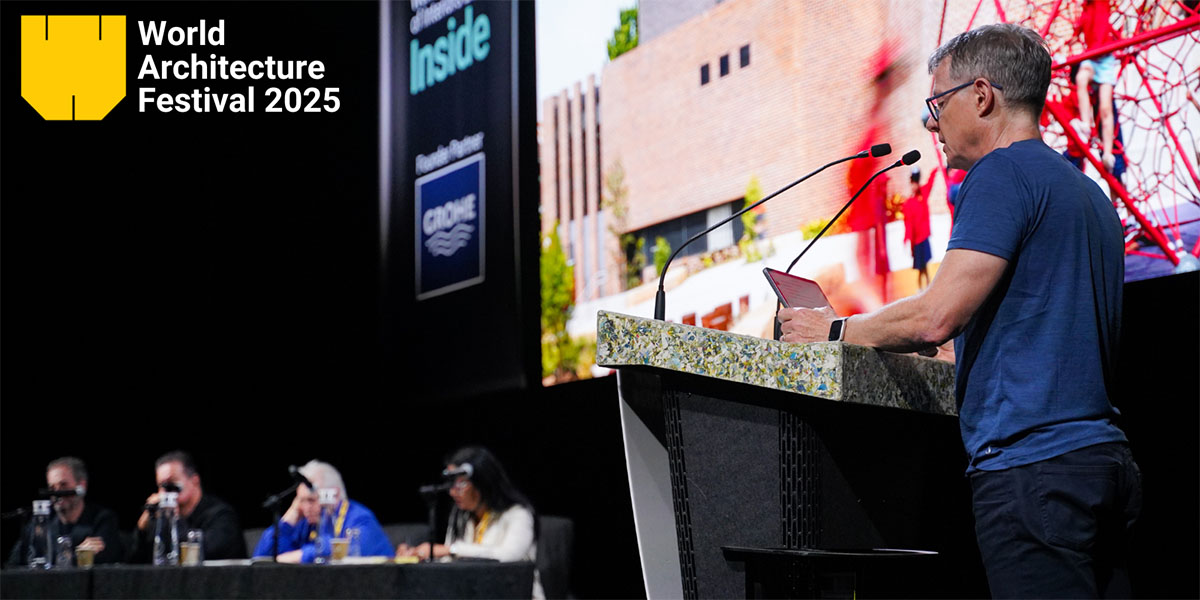Lago company visit
Lago roots can be traced back to the late nineteenth century when Policarpo began his handicraft activity as a cabinet-maker in manor houses and churches in Venice. The next generation continued the tradition and expanded production to double bedrooms and subsequently to small furniture sets for entrance halls.
However, it is during the 80’s that the younger generation had the idea to focus on the furniture of other areas of the house.
In 2006, at its fourth generation, the company located in Villa del Conte was transformed in a joint stock company and set out to confront the global market. A new journey thus began full of challenges and achievements. In charge of this delicate generational transition is Daniele Lago, a young entrepreneur and designer, who, together with his brother Franco and his sister Rosanna, leads a young and dynamic team.
Today, Lago has an annual turnover of 30 million euro and around 180 employees. Lago has a worldwide presence with about 400 selected stores and single-brand stores in Italian and European cities, including Rome, Milan, Berlin, Madrid, Paris and London, with the recent opening of a store at Harrods . The expansion is still in full swing, but the company remains firmly tied to its origins while expanding; it is open to getting to know and exchanging ideas with other cultures, partners, suppliers, consumers, bloggers and all those attending Lago events and sharing Lago path marked by the continuous interplay of influences from inside the company outwards and vice versa. A single-celled organism that becomes multicellular, which feeds itself on many different individual personalities, enhancing them and expanding far beyond its headquarters. Participation and sharing are the keywords.
Lago company visit include the visit of the offices, the showroom and the factory. The production organization of Lago is founded on two pillars, both inspired by the industrial philosophy of Toyota: Kaizen and Lean Thinking . Kaizen is a Japanese method of continuous improvement, obtained one step at a time through the involvement of the entire company structure. The understanding that “energy comes from below” is fundamental to Kaizen , or rather that business results are not reached by management but instead by direct work on the product. Lean Thinking is an approach characterized by sleek production practice aimed at minimizing waste to the point of total elimination , achieved through business organization that rewards maximum efficiency in industrial production processes.
Through Lean Thinking, Lago seeks – and obtains – constant productive improvement by eliminating superfluous activity, like disorganization or dead time, that the consumer is not inclined to pay for. Result: the product is born from the mind of the designer and arrives at the customer’s home without stockpiling.
Lago company is worth a visit!
Venice Architecture Biennale 2025 restores dialogue in architecture, blending rational rigor with humanistic openness
Following the initial two days reserved for the press, early critical responses suggest that this edition of the 2025 Venice Architecture Biennale is already a significant success. Observers and critics alike have praised Carlo >>>
Milan Design Week 2025: curated guide for architects
Milan Design Week 2025 is a global celebration of design in its most expansive sense. From Brera to Tortona, internationally renowned architecture firms join the conversation, turning the city into a dynamic dialogue between >>>
Deadline approaching: enter the World Architecture Festival 2025
World Architecture Festival 2025 is set to make its groundbreaking debut in the United States, taking place at the iconic Miami Beach Convention Center from November 12–14, 2025. This prestigious event, renowned for celebrating >>>



